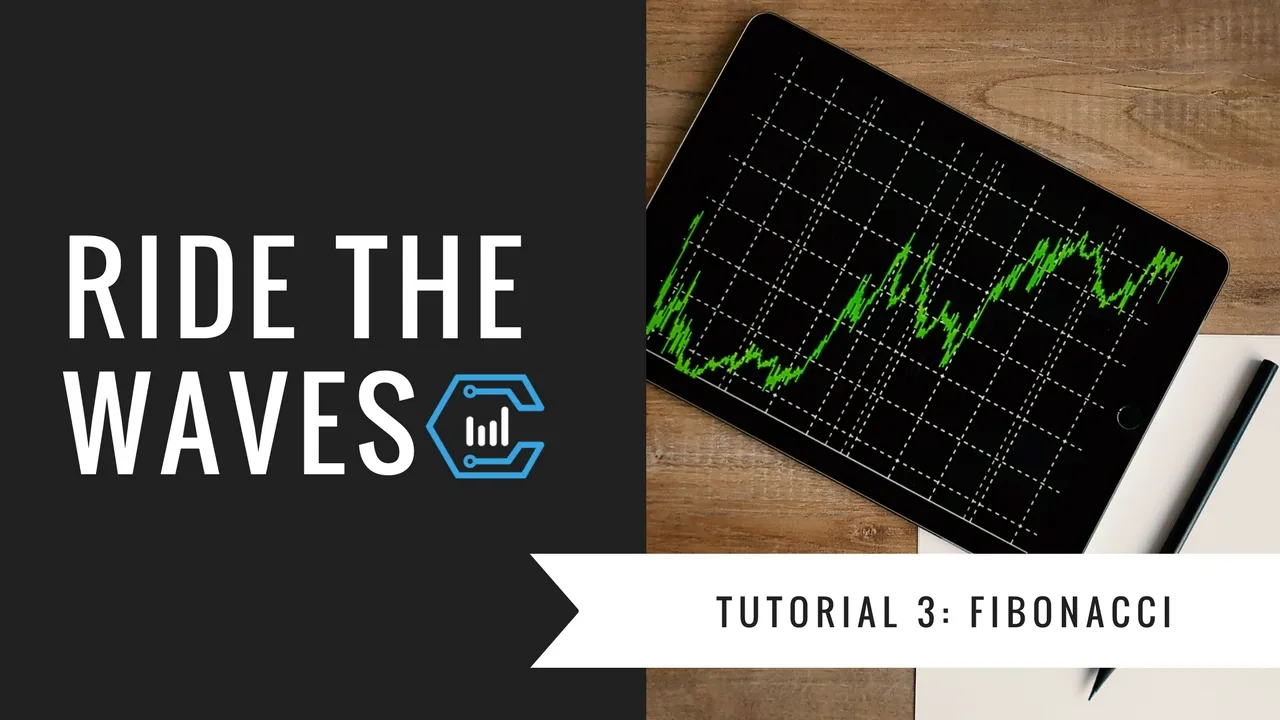
Fibo-fuckin'-nacci
Welcome back to the third tutorial of the Ride The Waves series. If you haven't seen the first two, don't be a meat head - watch the first one here and the second one here. We'll be using some pretentious trading jargon that we covered in the first tutorials so I would recommend you go check those out first.
Alright, you finished watching them? Good.
In this tutorial, we'll learn how professional traders use Fibonacci numbers in unison with Elliott Waves. Why would you need to know this? I'm glad you asked.
This is probably the most important thing you'll ever have to know in your miserable & lonely trading life, so listen up. You need to know how to use Fibs to understand two crucial concepts:
- Approximately when to enter the market, and
- Approximately when to exit the market
Yeah, that's right! You can either close your eyes & point to a random spot on the BTCUSD chart and say "this is where I'm entering", or you can use mathematics.... your call.
Before we jump into the video though, I want to teach you a little bit about the Fibonacci sequence and why it works with trading.
Nature's Law --- the Secret of the Universe
These are the beginning numbers of the Fibonacci sequence. What makes these numbers so special? They're EVERYWHERE.
If you cut a banana in half, it has 3 different sections. Flowers have 3, 5, 8, 13, or 21 petals. Rows of seeds in sunflowers always equate to Fibonacci numbers. When you lose trades on margin, you say to yourself "I'm fucked" which has 8 letters in it...Get it yet? Fibonacci is Nature's law.
Now I'll save you the history lesson as to how Leonardo Fibonacci came to this conclusion (fun fact: it came from incestuously mating rabbits), but I will tell you that the magic of these numbers comes from when you divide them.
No matter which numbers in the Fibonacci sequence you divide, you'll always come up with the same ratios:
61.8% (also 161.8%) is known as the golden ratio. It's proportions are pleasing to the eye and is used in areas such as music, art, science, and obviously trading. I don't think it's necessary to dive into the golden rectangle or spiral for this explanation, but if this does interest you, I'd advise you to check it out... really interesting stuff.
Anyways, what does this have to do with trading cryptocurrencies?! Let's think about it a little...
If we break down what trading is, you'll come to the conclusion that it's essentially a large scale human psychological study. It's people all over the world making decisions whether to buy or sell based off of fear, greed, news, or whatever else it may be. Human psychology is nature, and thus nature's law applies more than ever.
Think of why Elliott Waves is so effective. How many waves are in an impulse? 5. How many waves are in a correction? 3. Add the two together and you get 8. All Fibonacci numbers. Additionally, all the waves are related to each other by some Fibonacci ratio. This means that you can estimate entries and exits by simply measuring the waves. The Elliott Wave Theory was designed based off of Fibonacci, and most importantly Nature's law.
Now that your mind got blown, let's jump into the video so you can start kicking the market's ass.
Summary of Key Concepts
NOTE: these probabilities are recorded based on my back-testing & experience. They may not be 100% accurate, however these are the numbers that consistently show up. If you have your doubts, go and back-test yourself to get more accurate probabilities :)
To understand how to use the measuring tools, please refer to the video as it's difficult to explain via text. Here are the rough probabilities of each retracement and extension:
Wave 2 Retracement Probabilities
| Fibonacci Ratio | Probability |
|---|---|
| 0.236 to 0.382 | <10% |
| 0.382 to 0.500 | 20% |
| 0.500 to 0.618 | 25% |
| 0.618 to 0.786 | 40% |
| 0.786 to 1.000 | 10% |
Wave 3 Extension Probabilities
| Fibonacci Ratio | Probability |
|---|---|
| 1.000 to 1.618 | 15 - 20% |
| 1.618 to 1.750 | 40 - 48% |
| 1.750 to 2.618 | 30% |
| 2.618 + | 10-15% |
Wave 4 Retracement Probabilities
| Fibonacci Ratio | Probability |
|---|---|
| 0.236 to 0.382 | 10-15% |
| 0.382 to 0.500 | 30% |
| 0.500 to 0.618 | 20% |
| 0.618 to 0.786 | 30% |
| 0.786 to 1.000 | 10-15% |
Wave 5 Extension Probabilities
| Fibonacci Ratio | Probability |
|---|---|
| 0.236 to 0.382 | highly improbable |
| 0.382 to 0.618 | 10% |
| 0.618 to 0.786 | 25% |
| 0.786 to 1.000 | 40% |
| 1.000 - 1.618 | 25% |
Is this the first post in the tutorial you're seeing? Go watch the previous ones you knob!
Tutorial 1: The Fundamentals
Tutorial 2: Wave Structure
